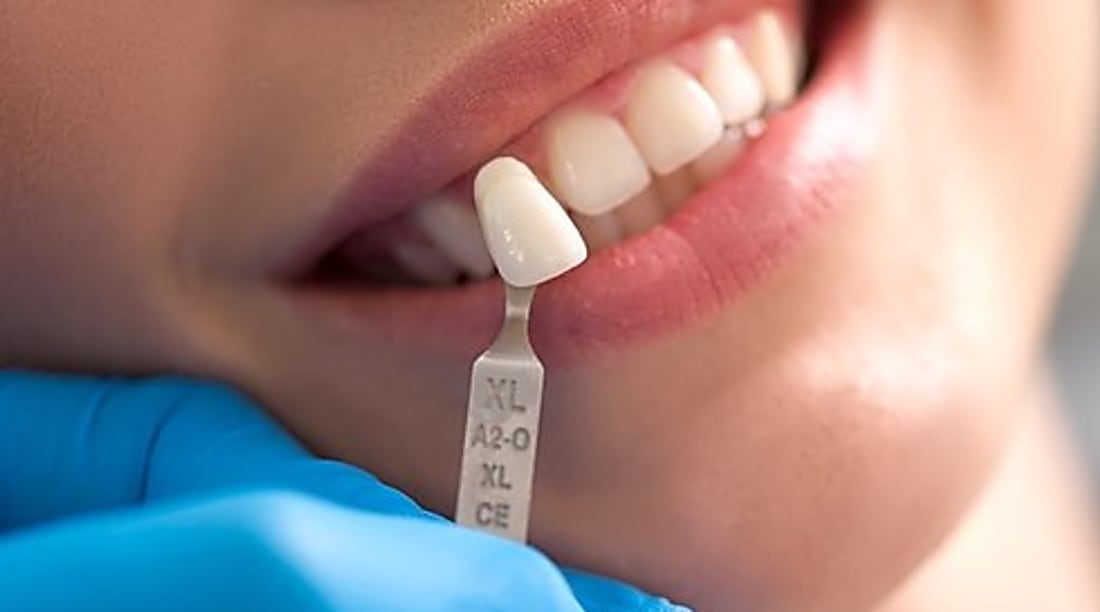What Are Screwless Dental Implants, And How Much Do They Cost?
Screwless dental implants represent an innovative approach to tooth replacement that eliminates the need for traditional screws. This modern dental solution offers patients a less invasive alternative with potentially faster healing times and reduced complications. Understanding how these implants work, their benefits, and their cost factors can help patients make informed decisions about this increasingly popular dental restoration option.

Dental implants have revolutionized tooth replacement, offering patients permanent solutions that look and function like natural teeth. Among the latest innovations in this field are screwless dental implants, which present a different approach to securing artificial teeth in the jawbone. This article explores what screwless dental implants are, how they work, their benefits, and what patients can expect to pay for this dental treatment option.
What Are Screwless Dental Implants & How They Work
Screwless dental implants, also known as press-fit implants, represent an alternative to conventional screw-based dental implant systems. Unlike traditional implants that use threaded screws to secure the implant into the jawbone, screwless implants utilize a friction-fit or tapping design that allows them to be pressed or tapped into place in the jawbone.
The implant body typically features a tapered design with specialized surface treatments that promote osseointegration—the process where bone cells grow directly onto the implant surface, creating a strong bond. Without the need for screws, these implants can sometimes be placed with less drilling and trauma to the surrounding bone tissue.
The connection between the implant and the prosthetic tooth component (abutment) also differs in screwless systems. Instead of a screw securing the abutment to the implant, these systems often use friction-fit connections, locking tapers, or other mechanical connections that eliminate the need for screws at this junction as well.
Key Benefits of Screwless Dental Implants
Screwless dental implants offer several potential advantages over traditional screw-type implants. First, they may reduce the risk of mechanical complications such as screw loosening or fracture, which can occur with conventional implants over time. The absence of screws eliminates the microgap that can exist between the implant and abutment in traditional systems, potentially reducing bacterial colonization in this area.
Patients may experience less post-operative discomfort due to the less invasive placement technique. The simplified design can also mean shorter surgical times in some cases. For practitioners, the screwless design can sometimes simplify the restoration process, particularly when working in areas with limited space or access.
Another benefit is aesthetic improvement. Without screw access holes in the prosthetic crowns, dentists can create more natural-looking restorations without compromising the structural integrity of the ceramic materials used for the visible portion of the replacement tooth.
Cost Overview & Choosing a Clinic
The cost of screwless dental implants varies significantly based on several factors, including geographical location, the dentist’s expertise, the specific implant system used, and whether additional procedures like bone grafting are required. Understanding these cost factors can help patients prepare financially for this investment in their oral health.
In general, screwless dental implants may cost slightly more than traditional implants due to their specialized design and technology. However, the simplified placement procedure might reduce overall treatment time and related costs in some cases.
| Provider Type | Average Cost Per Single Implant | Full Arch Restoration | Additional Procedures |
|---|---|---|---|
| Specialist Implantologists | £2,000 - £3,500 | £15,000 - £25,000 | Bone grafting: £500 - £2,000 |
| Dental Hospitals | £1,800 - £3,000 | £14,000 - £22,000 | CT scans: £100 - £300 |
| General Dental Practices | £1,500 - £2,800 | £12,000 - £20,000 | Sinus lifts: £1,000 - £3,000 |
| Dental Schools/Teaching Clinics | £1,200 - £2,500 | £10,000 - £18,000 | Soft tissue grafts: £400 - £1,200 |
Prices, rates, or cost estimates mentioned in this article are based on the latest available information but may change over time. Independent research is advised before making financial decisions.
Factors Affecting Screwless Implant Success
The success of screwless dental implants depends on several key factors. Proper patient selection is crucial—individuals with sufficient bone density and volume typically experience better outcomes. Those with certain medical conditions like uncontrolled diabetes or who smoke heavily may face higher risks of complications.
The dentist’s experience and expertise with screwless implant systems specifically can significantly impact treatment success. These systems require precise placement technique and understanding of the biomechanics involved.
Post-operative care plays a vital role in long-term success. Patients must maintain excellent oral hygiene, attend regular follow-up appointments, and address any complications promptly. The quality of the final restoration (crown, bridge, or denture) attached to the implants is equally important for functional and aesthetic outcomes.
Comparing Screwless vs. Traditional Dental Implants
When deciding between screwless and traditional dental implants, patients should consider several comparative factors. Traditional screw-type implants have a longer clinical history, with decades of research supporting their effectiveness and longevity. They remain the most commonly used implant type worldwide and have predictable long-term outcomes when properly placed and maintained.
Screwless implants, while innovative, have a shorter track record in clinical use. However, early studies show promising results regarding stability and reduced complications related to screw mechanics. The simplified restoration process can be advantageous in certain clinical situations.
Recovery experiences may differ between the two options. Some patients report less post-operative discomfort with screwless systems due to the less traumatic placement technique. However, the fundamental healing process—osseointegration—still requires similar timeframes for both implant types, typically 3-6 months before final restoration can be completed.
Ultimately, the choice between screwless and traditional implants should be made after thorough consultation with a dental professional who can assess individual patient needs, anatomical considerations, and long-term treatment goals.
This article is for informational purposes only and should not be considered medical advice. Please consult a qualified healthcare professional for personalized guidance and treatment.




